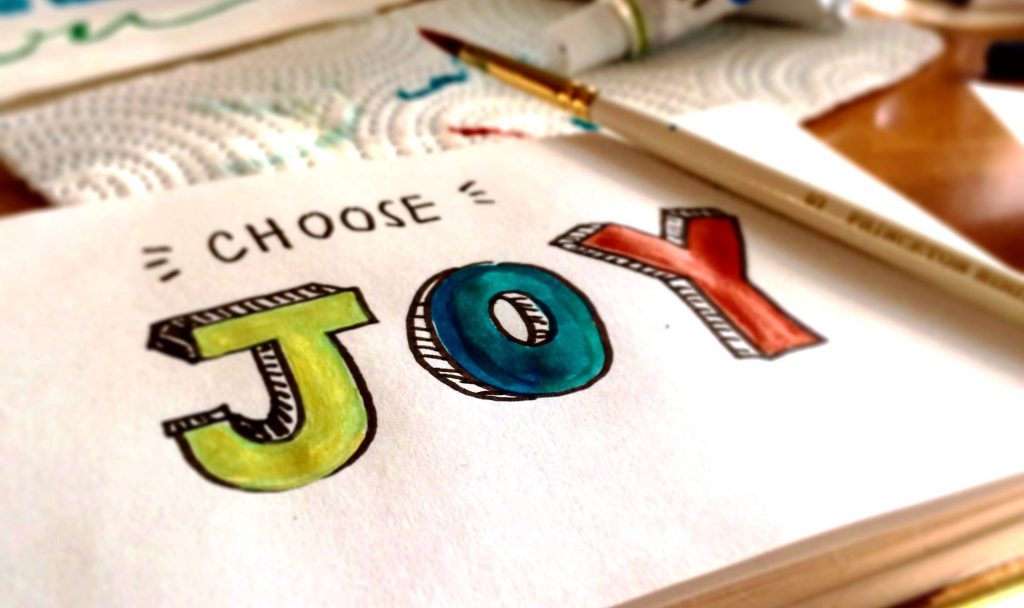
One of the biggest things I’ve learnt over the last couple of years is that there is often a very big difference between the world as it is and the world as you perceive it to be. For example, on a personal level the world is a lot less scary, a lot more inclusive and a lot more fun than I imagined it was before I came out.
It’s true on a bigger scale, too. It’s easy to believe that the world is in deep shit and that everything is terrible, but while there are of course terrible things happening the truth is that for most of us, this is the greatest time to be alive in the history of the human race.
Here, Future Crunch details 99 good news stories you probably didn’t hear about in 2018. It’s an interesting counterpoint to Frankie Boyle’s review of the year, which is acerbic and funny and of course, incredibly negative.
The piece is by Angus Hervey, who recently wrote about the “fear virus”:
Fear can be transmitted digitally as easily as it can physically—and that’s a problem because digital technologies reach everyone. It’s not a few thousand people in a crowd anymore. Three-quarters of adults on earth now have a smartphone, which means we’re getting 24-hour access to all the worst stories happening everywhere to 7.6 billion people—all the time.
Bad, alarming or frightening news isn’t a new phenomenon: good news doesn’t sell papers. But what’s different now is the speed and scale of it. One of the reasons I massively cut down my Twitter usage is because the constant flood of terrifying stories was harming my mental health.
Hervey again:
Every day terrifying stories sweep through the global village, in articles, tweets, and evening broadcasts, and they are amplified a million times over until there’s nowhere to hide. Algorithmic bias, mental illness, foreign infidels, chronic pain, hooded extremists, robots coming to take our jobs, burning forests, warlike naval maneuvers, marching racists, rising waters, surveillance regimes, trade wars, toxic chemicals, predatory capitalism, roaming gangs of criminal youths, drug overdoses, benefit-devouring migrant caravans massing at the border… the list goes on and on. The fear virus takes hundreds of forms and mutates and spreads every time we click or watch or mutter darkly about the future at family dinner.
The world as we see it can be a terrifying and brutal place, and of course in some parts of the world and for some groups of people it us. But there is a chasm between the world as 24/7 media and social media paints it and the world as it actually is.
By almost any measure, the world is becoming a better place. The large scale evidence for this has already been well documented by people such as Max Roser, Steven Pinker, and the late, great Hans Rosling. Poverty is disappearing, battle deaths are falling, violence is less common, suicide is decreasing, life expectancy is increasing, literacy is on the rise, child mortality is declining, we’re making great strides in battling diseases like AIDS, cancer, and malaria.
The internet has democratized information, education, and business; it’s given voice to the silenced, helped to erode outdated taboos, and advanced human rights. Of course, it’s not all perfect and there are always setbacks, but every day, the human species is making incredible progress.
…We’ve never had it so good, and yet we’ve never been more scared.
That doesn’t mean we should all become Polyannas, ignoring the very real threats of climate change, right wing populism, economic inequality and other horrors. We shouldn’t be gaily skipping over homeless people on our way to the theatre.
But we can and we should reject the fear that tells us everything is terrible, that other people want what we have, that everything is hopeless and there’s nothing we can do about it.
Fear is a terrible thing, and a useful weapon for the very worst people in the world.
A terrified populace is far more susceptible to the appeals of people who want to make countries great again and demagogues who see politics as a zero-sum game. A terrified populace is less willing to stand up and fight for an economy that doesn’t cost the earth.
Fear is not inevitable. It’s the result of our choices: what we choose to read, what we choose to watch, what we choose to listen to, what we choose to believe, what we choose to fear.
If we choose to believe that the world is a dark and scary place, that people who are very slightly different from us are an existential threat, we will see the world that way – and by action or inaction, we’ll help make that perception the reality.
Whereas if we choose to believe in the opposite, we can find the energy and the optimism and the connections we need to ensure that not only is the world better than it has ever been in human history, but that it stays that way and gets better still.
We can choose hope, not hate. Love, not fear.
It’s Christmas time. There’s no need to be afraid.
